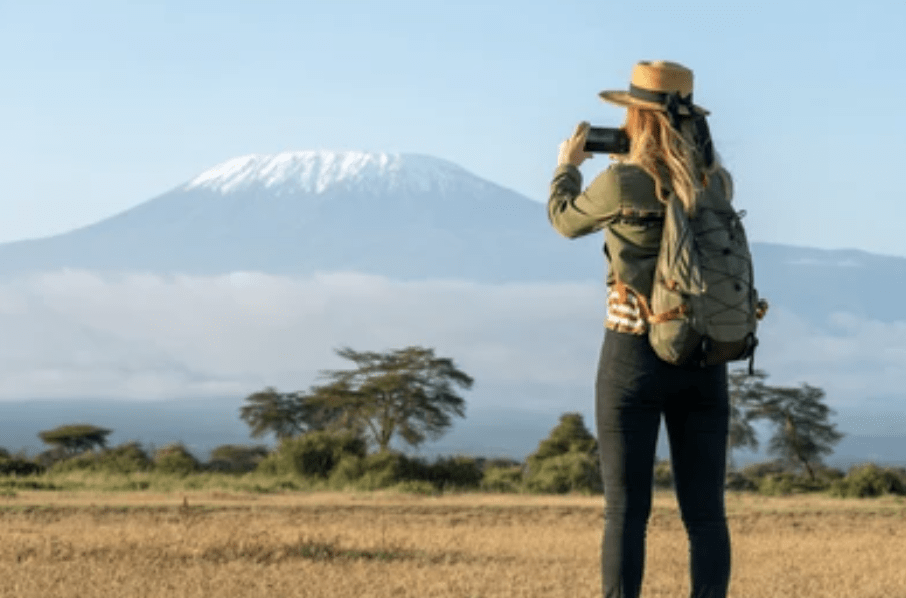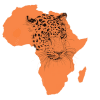Packing your suitcase is a crucial step for a successful safari. The right equipment ensures comfort and safety, allowing you to focus on what really matters: wildlife observation. Here is a survival guide to make sure you don’t forget anything and are perfectly equipped for your Tanzanian adventure.

1. Clothing: prioritize comfort and the right colors
The key word is "practical." Choose lightweight clothing for the day and warmer layers for early mornings and evenings in the Jeep. Opt for neutral colors (beige, khaki, olive green) that blend into the savannah and don’t attract insects.
- Tops: Long-sleeved shirts and light t-shirts. Long sleeves protect against sun and mosquitoes.
- Bottoms: Convertible pants or shorts. Bring a long, comfortable pair for the evening.
- Jacket: A fleece or light down jacket for chilly mornings and night safaris.
- Shoes: A pair of comfortable sneakers or lightweight hiking shoes.
- Accessories: Wide-brim hat, scarf/bandana (for dust), and light gloves for dawn safaris.
2. Camera Gear: don’t miss a moment
To capture your memories, good equipment is essential. Don’t forget these essentials:
- Camera: A DSLR or mirrorless camera with a good telephoto lens for distant animals.
- Binoculars: A must-have! They let you see animals in detail, even from afar.
- Batteries & memory cards: Bring spare batteries and plenty of memory cards. You’ll take more photos than you expect!
- Protection: A waterproof bag to protect your gear from dust and moisture.
To learn more about wildlife photography techniques, read our article on wildlife photography on safari.

3. Health and Safety: your first aid kit
Always carry a small first aid kit with you. The contents will depend on your needs, but some items are universal:
- Medications: Your regular prescriptions, as well as medicines for diarrhea and headaches.
- Repellent: A strong mosquito repellent is essential, especially in the evening.
- Sunscreen: Essential for protection against the African sun.
- Disinfectant & bandages: For minor injuries.
- For more details, check our article on health on safari.


